Bearing and airports
Thursday, 05 March 2009 | 0 Comments
As part of a unit on Trigonometry, we review compass and true bearings before working with bearings in Trigonometry problems.
To start this review lesson, we looked at some images from Google Earth.
This is Sydney International Airport:

I’ve labelled the ends of the North-South runway and East-West runway in the photo above to show the closeups I displayed in class:
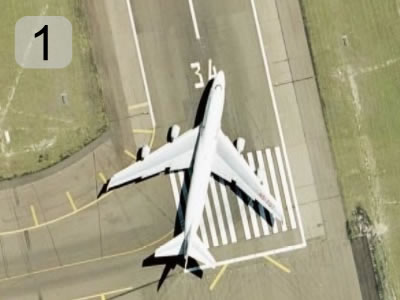
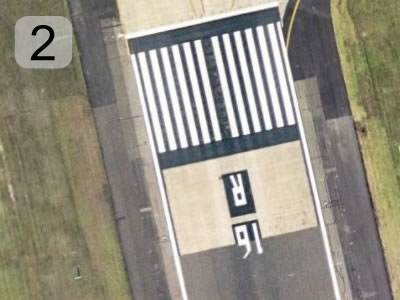
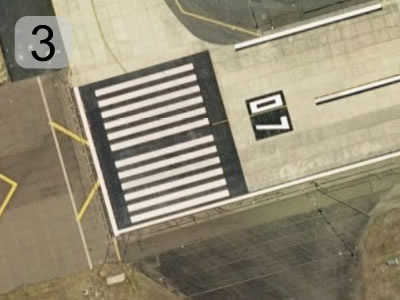
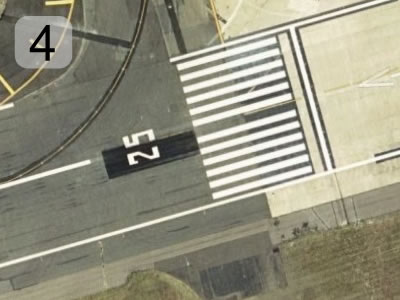
I then asked what was the significance of the numbers… a couple of pot shots but nothing substantial. So, I drew a little sketch of the runways and their numbers up on the board:
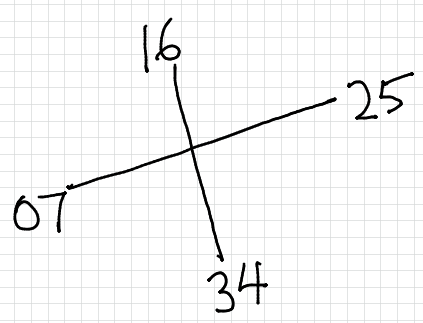
A few more pot shots, then someone pointed out that the difference between the numbers was 9:
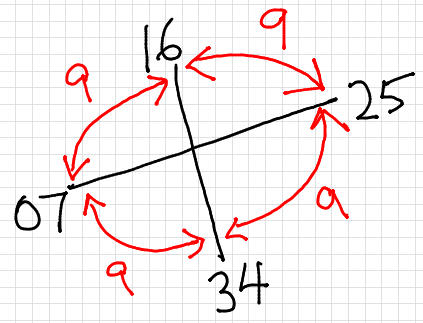
After a little more discussion we worked out that the different was 90°, and then that the runway numbers were bearings missing the last zero.
We wandered on over to the Cairo’s airport and found similar numbers before discussing the need to have “07” on a runway, not just “7”.
A good discussion to start thinking about bearings, how they fit into 360°, how standards are used around the world and why true bearings are often used rather than compass bearings.
[You might also want to read How Runways Are Designated
Posted in • Lesson Idea • Bearings • Trigonometry • Software • Google Earth • What can you do with this? | Short URL: http://mths.co/1423
Post a comment
Commenting is not available in this channel entry.New Subscribe to the …
MathsLinksemail newsletter
Get updates…
About
Simon Job — eleventh year of teaching maths in a public high school in Western Sydney, Australia.
MathsClass is about teaching and learning in a maths classroom. more→
Archive
Elsewhere
 @simonjob
@simonjob
updates via  @mathslinks
@mathslinks
Recently read/found.
Being a Vector is not Mutually Exclusive – Ringo Mok
maths vectorsInstagram
Gcf howie_hua maths
Comments
There are no comments for this entry yet.